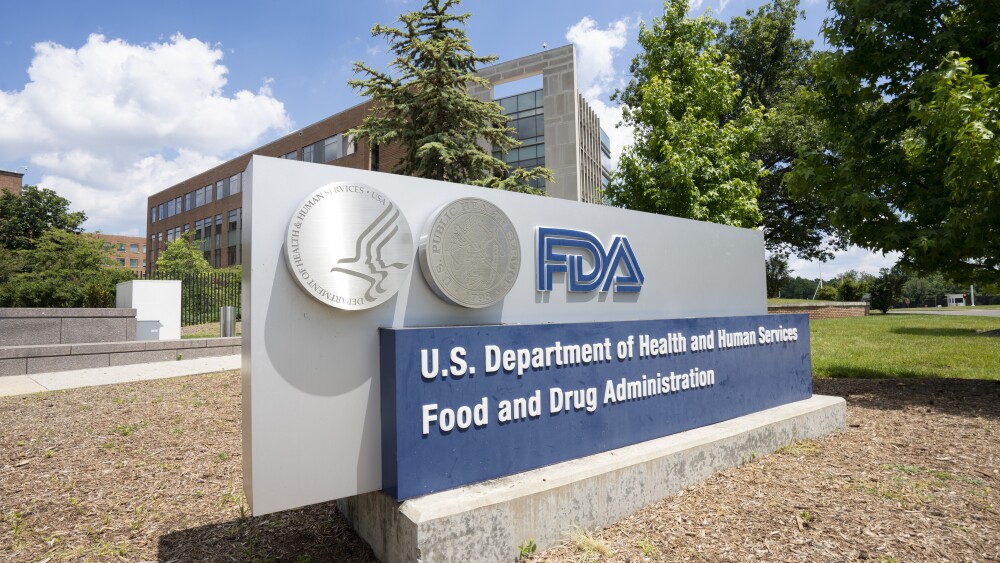The FDA recommends that companies use overall survival as a primary endpoint for clinical trials where feasible. The new guidance follows the surprising return of CBER Head Vinay Prasad, who has previously argued for prioritizing OS.
The FDA wants to put a stronger emphasis on overall survival outcomes for the investigational cancer therapies it reviews, a move that could make it harder—but not impossible—for companies to seek accelerated approval for their products.
The new rules, outlined in a draft guidance published on Tuesday, come less than two weeks after the unexpected return of Center for Biologics Evaluation and Research Head Vinay Prasad, who has previously argued for prioritizing overall survival (OS).
The draft aims to guide drug sponsors on the use of survival data in their cancer drug applications, “with an emphasis on the analysis of overall survival as a pre-specified safety endpoint.”
When feasible, drug developers should prioritize using OS as the primary endpoint in their studies, according to the document. In cases where using OS as the primary efficacy outcome is not feasible—as in cancers that progress very slowly, for instance, or where treatments exist that are very effective and result in long survival times—companies should still collect OS data and submit them to the regulator.
“Overall survival is both an efficacy and a safety endpoint; it can be favorably impacted by the therapeutic benefits of a specific drug and negatively impacted by the drug’s toxicity,” the FDA wrote, noting that OS is the gold standard outcome in oncology. “Overall survival is also an objective, clinically meaningful endpoint that can be measured easily and precisely.”
To avoid confounding OS analysis, the FDA also recommends to “limit” the use of cross-over study designs, permitting these only in diseases with no or very limited therapeutic options.
“The heightened emphasis on OS - particularly in the context of analyzing safety of a novel drug/regimen - is not surprising, given the current FDA leadership,” analysts at Truist Securities wrote in a note to investors on Tuesday. The firm is also “encouraged” by the fact that accelerated approval still seems to be a possibility for companies despite the “stricter requirements” for OS in confirmatory follow-up.
For his part, Prasad has previously argued, in a paper published this March in Nature Reviews Clinical Oncology, that using surrogate endpoints for approval trades speed for therapeutic uncertainties for patients.
“If the FDA and other regulators were to shift their priority to patient-centered outcomes, such as OS, I argue that such a shift would probably lead to fewer, but also a higher standard of drugs entering the market,” he wrote.
Some key unanswered questions still remain, Truist continued. “We note that this draft guidance does not address accelerated approvals on the basis of single arm studies,” a practice that has grown increasingly common in recent years.
Tuesday’s draft document does dedicate a section to accelerated approval, which it says will be appropriate to use for drugs with “significant uncertainty” in OS findings but which have enough evidence to support efficacy via an intermediate clinical endpoint, such as treatment response or progression-free survival.
FDA guidelines are legally nonbinding and legally unenforceable—even when finalized. Companies are allowed to take an alternative approach to these recommendations, for which they should contact the agency.






